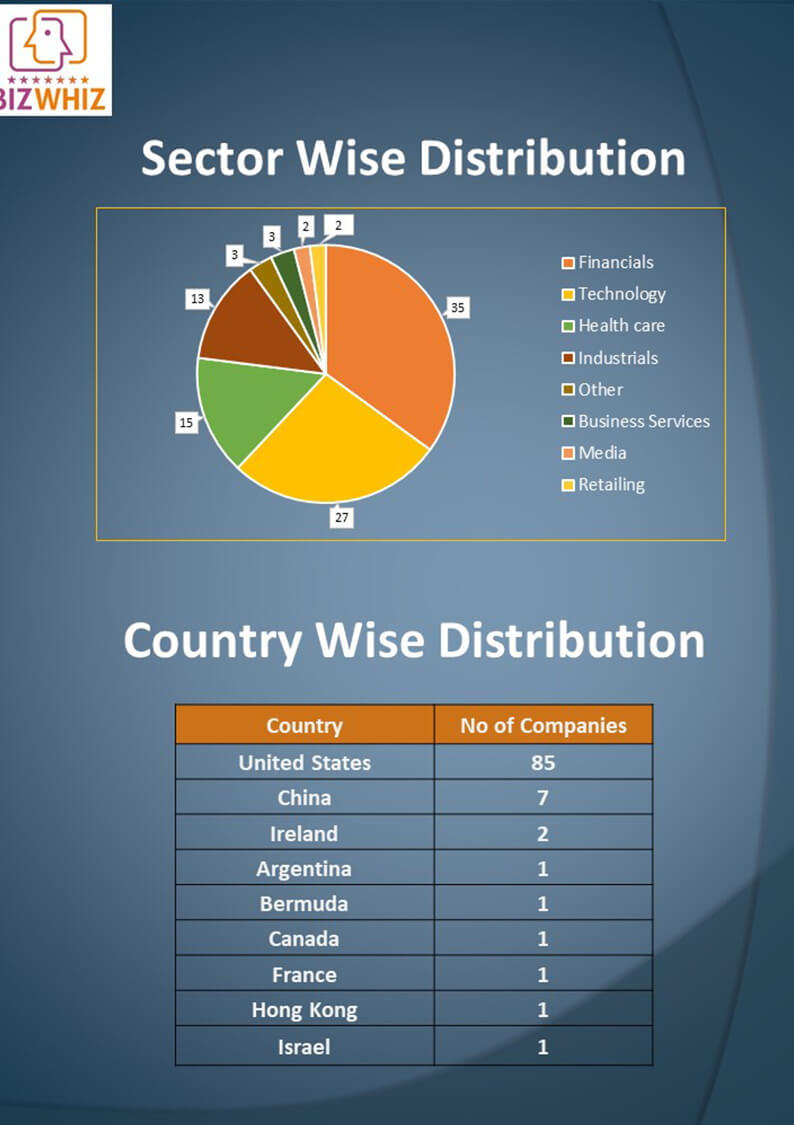The Auto Industry's Growing Revolt Against Electric Vehicle Regulations

Table of Contents
The hum of electric motors is increasingly drowned out by the rumbling discontent within the auto industry. A wave of opposition is building against increasingly stringent electric vehicle regulations, forcing a critical examination of the balance between environmental goals and economic realities. This article explores the growing backlash from automakers, delving into the key arguments against current regulations and proposing alternative solutions for a more sustainable transition to electric vehicles.
<h2>Economic Concerns Fueling the Backlash</h2>
The transition to electric vehicles presents significant economic challenges for automakers, fueling much of the opposition to current electric vehicle regulations.
<h3>High Production Costs and Limited Profitability</h3>
The upfront investment required for EV production is substantial. Developing the necessary battery technology, establishing manufacturing infrastructure, and funding extensive research and development (R&D) place a significant strain on profitability, particularly for smaller manufacturers.
- High battery costs: Lithium-ion batteries currently represent a large portion of an EV's manufacturing cost.
- Specialized manufacturing processes: EV assembly lines require different equipment and expertise compared to internal combustion engine (ICE) vehicle production.
- Lower profit margins: The current market often sees lower profit margins on EVs compared to their ICE counterparts, impacting the return on investment.
- Government subsidies: While government subsidies help offset some costs, they are often insufficient and inconsistently applied across different markets.
<h3>The Impact on the Supply Chain and Raw Material Prices</h3>
EV batteries rely heavily on specific minerals and rare earth elements, creating vulnerabilities in the supply chain and price volatility.
- Lithium dependence: Lithium is a critical component of EV batteries, and its extraction and processing raise environmental concerns.
- Cobalt sourcing: The mining of cobalt, another key battery component, often involves ethical and environmental issues.
- Geopolitical implications: Reliance on specific countries for these resources creates geopolitical risks and vulnerability to price fluctuations.
- Supply chain disruptions: Disruptions in the supply chain due to geopolitical instability or natural disasters can significantly impact EV production.
<h3>Job Losses in Traditional Automotive Sectors</h3>
The shift towards EVs threatens job security in traditional automotive manufacturing sectors.
- ICE vehicle manufacturing decline: As demand for ICE vehicles falls, job losses in related manufacturing and supply chain sectors are inevitable.
- Skills gap in EV manufacturing: The transition requires a new skillset in EV manufacturing, creating a gap in the necessary labor force.
- Retraining programs: While retraining programs are crucial, their effectiveness and implementation remain a significant challenge.
- Economic impact on communities: Job losses in traditional automotive hubs can have a devastating effect on local economies.
<h2>Challenges in Meeting Stringent Regulatory Deadlines</h2>
Even with significant investment, meeting the stringent deadlines imposed by current electric vehicle regulations presents considerable challenges.
<h3>Technological Hurdles and Infrastructure Limitations</h3>
Technological advancements are necessary to overcome hurdles in battery technology, charging infrastructure, and grid capacity.
- Battery range limitations: Many consumers remain concerned about limited driving range on a single charge.
- Charging time: Slow charging times compared to refueling gasoline vehicles remain a major obstacle to wider adoption.
- Inadequate charging infrastructure: The lack of sufficient public charging stations, particularly in rural areas, hinders EV adoption.
- Grid capacity limitations: A widespread adoption of EVs will place a substantial strain on existing electricity grids.
<h3>Consumer Acceptance and Market Readiness</h3>
Consumer acceptance hinges on addressing affordability concerns, range anxiety, charging infrastructure limitations, and a perceived lack of choice.
- High purchase prices: EVs are often significantly more expensive than comparable ICE vehicles.
- Range anxiety: Fear of running out of battery power before reaching a charging station is a major deterrent.
- Limited model variety: The current market offers fewer EV models than ICE vehicles.
- Lack of consumer education: Many consumers remain uninformed about the benefits and practicalities of owning an EV.
<h3>The Uneven Playing Field for Different Automakers</h3>
Current electric vehicle regulations disproportionately impact smaller manufacturers and those in developing countries, who lack the resources to meet stringent deadlines.
- High regulatory compliance costs: Meeting stringent regulations imposes significant financial burdens on smaller companies.
- Limited access to capital: Smaller automakers often face challenges securing the funding required for EV development and production.
- Technological disparity: A technology gap exists between large and small automakers, exacerbating the challenges faced by smaller companies.
- Global competitiveness: Uneven regulatory landscapes create an uneven playing field in the global automotive market.
<h2>Alternative Solutions and Policy Recommendations</h2>
A more balanced approach to EV adoption is needed, considering both environmental goals and economic realities.
<h3>Gradual Transition and Phased Regulations</h3>
A phased approach to EV adoption would allow the industry time to adapt and overcome technological and economic hurdles.
- Incentives for incremental improvements: Rewarding incremental improvements in fuel efficiency for ICE vehicles provides a bridge to a fully electric future.
- Support for hybrid technology: Hybrid vehicles can play a significant role in the transition, offering a compromise between ICE and fully electric vehicles.
- Phased emission standards: Gradually tightening emission standards allows for a smoother transition while fostering innovation.
- Flexibility in timelines: Adjusting deadlines based on technological advancements and economic realities ensures feasibility.
<h3>Focus on Infrastructure Development</h3>
Significant investment in charging infrastructure and grid modernization is crucial to support the increased demand for electricity.
- Government funding for charging stations: Substantial government investment in widespread charging networks is paramount.
- Smart grid technology: Implementing smart grid technologies can help optimize electricity distribution and manage peak demand.
- Renewable energy sources: Integrating renewable energy sources into the power grid will help reduce the carbon footprint of EVs.
- Investment in grid infrastructure: Upgrading and expanding grid capacity is essential to accommodate the increased electricity demand.
<h3>Collaboration and International Standards</h3>
Greater collaboration between automakers, governments, and researchers can facilitate shared technological solutions and harmonize regulations across borders.
- International standards for batteries: Standardized battery technology would simplify production and promote global interoperability.
- Harmonized charging infrastructure: Uniform charging standards across different countries would improve convenience and reduce costs.
- Collaborative research on battery technology: Joint research and development efforts can accelerate breakthroughs in battery technology.
- International regulatory cooperation: Harmonizing regulations across different countries would level the playing field and promote global competitiveness.
<h2>Conclusion: Navigating the Future of Electric Vehicle Regulations</h2>
The current push for rapid adoption of electric vehicles faces significant headwinds from economic concerns, technological hurdles, and uneven regulatory landscapes. While the transition to sustainable transportation is crucial, finding a balance between environmental goals and economic realities is paramount. A more measured approach, focusing on gradual transitions, robust infrastructure development, and international collaboration, is necessary to ensure a sustainable and equitable shift towards electric vehicles. We encourage readers to engage in further discussion and research on the topic of electric vehicle regulations and their impact on the auto industry. Contact your legislators to express your views, and explore resources from organizations dedicated to sustainable transportation to learn more about this crucial issue. The future of transportation depends on finding a path forward that works for everyone.

Featured Posts
-
 New Lapd Video Footage Details Events Leading Up To Weezer Bassists Wife Shooting
Apr 28, 2025
New Lapd Video Footage Details Events Leading Up To Weezer Bassists Wife Shooting
Apr 28, 2025 -
 Identifying The Countrys Fastest Growing Business Areas
Apr 28, 2025
Identifying The Countrys Fastest Growing Business Areas
Apr 28, 2025 -
 Chat Gpt Developer Open Ai Faces Ftc Investigation
Apr 28, 2025
Chat Gpt Developer Open Ai Faces Ftc Investigation
Apr 28, 2025 -
 Weezer Bassists Wife Shooting Lapd Videos Reveal Preceding Chaos
Apr 28, 2025
Weezer Bassists Wife Shooting Lapd Videos Reveal Preceding Chaos
Apr 28, 2025 -
 Virginia Giuffres Passing Impact On Prince Andrew And Epstein Investigations
Apr 28, 2025
Virginia Giuffres Passing Impact On Prince Andrew And Epstein Investigations
Apr 28, 2025
Latest Posts
-
 Red Soxs Shifting Lineup Impact Of Outfielders Return And Casas Lowered Spot
Apr 28, 2025
Red Soxs Shifting Lineup Impact Of Outfielders Return And Casas Lowered Spot
Apr 28, 2025 -
 Analysis Red Sox Lineup Changes Following Outfielders Return And Casas Demotion
Apr 28, 2025
Analysis Red Sox Lineup Changes Following Outfielders Return And Casas Demotion
Apr 28, 2025 -
 Updated Red Sox Lineup Casas Position Change And Outfielders Reinstatement
Apr 28, 2025
Updated Red Sox Lineup Casas Position Change And Outfielders Reinstatement
Apr 28, 2025 -
 Red Sox Lineup Outfielder Returns Casas Moves Down In The Order
Apr 28, 2025
Red Sox Lineup Outfielder Returns Casas Moves Down In The Order
Apr 28, 2025 -
 Triston Casas Continued Slide Red Sox Lineup Adjustment And Outfielders Return
Apr 28, 2025
Triston Casas Continued Slide Red Sox Lineup Adjustment And Outfielders Return
Apr 28, 2025
